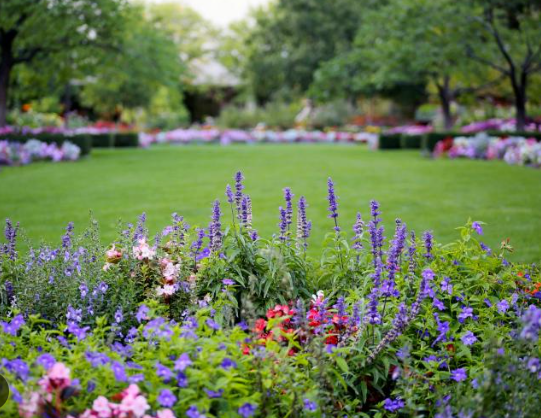Landscape Architecture for Beginners: An Introduction to the World of Outdoor Design
Landscape architecture is more than just arranging plants and flowers; it’s about creating harmonious outdoor spaces that enhance the environment and improve the quality of life. For beginners, understanding the basics of this field can open up exciting possibilities in design, sustainability, and community engagement. Whether you’re considering a career in landscape architecture or just looking to beautify your backyard, this guide will help you navigate the essential concepts.
The Importance of Landscape Architecture
Landscape architecture plays a vital role in shaping our outdoor spaces. From parks and gardens to urban plazas and residential backyards, these designs affect how we experience and interact with nature. Good landscape architecture considers natural features, local climate, and ecological sustainability. By prioritizing these factors, landscape architects can create environments that promote biodiversity, reduce water use, and enhance aesthetic beauty. For beginners, understanding these principles can offer a solid foundation for any design endeavor.
Key Elements of Landscape Design
When starting in landscape architecture, knowing the key elements of design is crucial. These include plants, hardscapes, water features, and structures. Plants provide color, texture, and habitat, while hardscapes—like patios, walkways, and walls—form the backbone of outdoor spaces. Water features, such as fountains or ponds, can add tranquility and attract wildlife. Understanding how to balance these components is essential for creating functional and visually appealing landscapes. Beginners should experiment with different combinations to develop their style and approach to design.
Sustainability in Landscape Architecture
As environmental concerns grow, sustainability is becoming increasingly important in landscape architecture. Beginners should explore sustainable practices that reduce environmental impact and promote long-term ecological health. This includes selecting native plants that require less water and maintenance, implementing efficient irrigation systems, and using locally sourced materials. Additionally, incorporating natural elements like rain gardens and green roofs can enhance biodiversity and improve air quality. Learning about sustainability can empower beginners to create landscapes that are not only beautiful but also beneficial to the planet.
Conclusion
Diving into landscape architecture can be both exciting and rewarding. By understanding its importance, familiarizing yourself with essential design elements, and committing to sustainable practices, you can create outdoor spaces that are both functional and aesthetically pleasing. Whether you’re redesigning your garden or considering a career in this dynamic field, remember that every step you take contributes to a greener, more beautiful world. Explore, experiment, and nurture your passion for landscape architecture!

